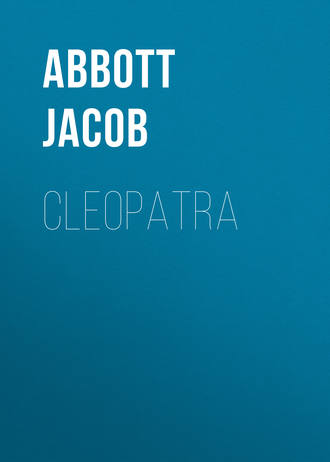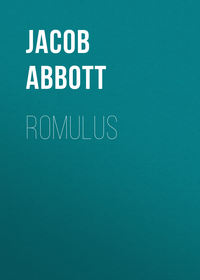
Cleopatra
The by-standers were not only shocked at the spectacle which was thus presented before them, but they were perplexed and confounded in their attempts to discover by what means Cleopatra and her women had succeeded in effecting their design. They examined the bodies, but no marks of violence were to be discovered. They looked all around the room, but no weapons, and no indication of any means of poison, were to be found. They discovered something that appeared like the slimy track of an animal on the wall, toward a window, which they thought might have been produced by an asp; but the reptile itself was nowhere to be seen. They examined the body with great care, but no marks of any bite or sting were to be found, except that there were two very slight and scarcely discernible punctures on the arm, which some persons fancied might have been so caused. The means and manner of her death seemed to be involved in impenetrable mystery.
There were various rumors on the subject subsequently in circulation both at Alexandria and at Rome, though the mystery was never fully solved. Some said that there was an asp concealed among the figs which the servant man brought in in the basket; that he brought it in that manner, by a preconcerted arrangement between him and Cleopatra, and that, when she received it, she placed the creature on her arm. Others say that she had a small steel instrument like a needle, with a poisoned point, which she had kept concealed in her hair, and that she killed herself with that, without producing any visible wound. Another story was, that she had an asp in a box somewhere in her apartment, which she had reserved for this occasion, and when the time finally came, that she pricked and teased it with a golden bodkin to make it angry, and then placed it upon her flesh and received its sting. Which of these stories, if either of them, was true, could never be known. It has, however, been generally believed among mankind that Cleopatra died in some way or other by the self-inflicted sting of the asp, and paintings and sculptures without number have been made to illustrate and commemorate the scene.
This supposition in respect to the mode of her death is, in fact, confirmed by the action of Octavius himself on his return to Rome, which furnishes a strong indication of his opinion of the manner in which his captive at last eluded him. Disappointed in not being able to exhibit the queen herself in his triumphal train, he caused a golden statue representing her to be made, with an image of an asp upon the arm of it, and this sculpture he caused to be borne conspicuously before him in his grand triumphal entry into the capital, as the token and trophy of the final downfall of the unhappy Egyptian queen.
1
It will be sufficiently accurate for the general reader of history to consider the Greek talent, referred to in such transactions as these, as equal in English money to two hundred and fifty pounds, in American to a thousand dollars. It is curious to observe that, large as the total was that was paid for the liberation of these slaves, the amount paid for each individual was, after all, only a sum equal to about five dollars.
2
This Octavius on his subsequent elevation to imperial power, received the name of Augustus Caesar, and it is by this name that he is generally known in history. He was, however, called Octavius at the commencement of his career, and, to avoid confusion, we shall continue to designate him by this name to the end of our narrative.
3
Pearls, being of the nature of shell in their composition and structure, are soluble in certain acids.
4
These letters, in accordance with the scale of expense and extravagance on which Cleopatra determined that every thing relating to herself and Antony should be done, were engraved on tablets made of onyx, or crystal, or other hard and precious stones.









